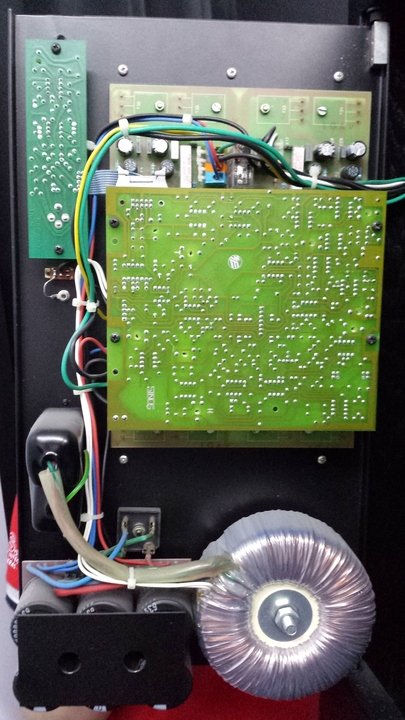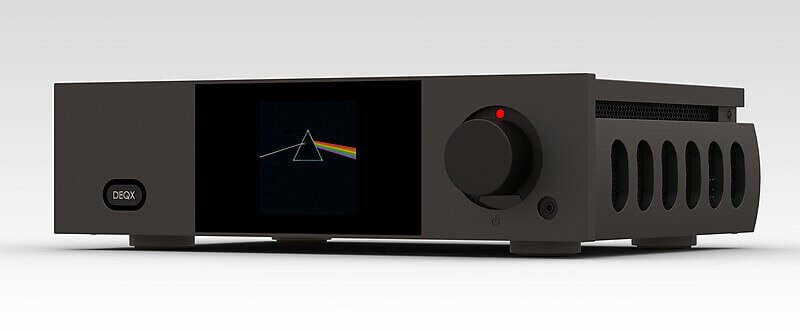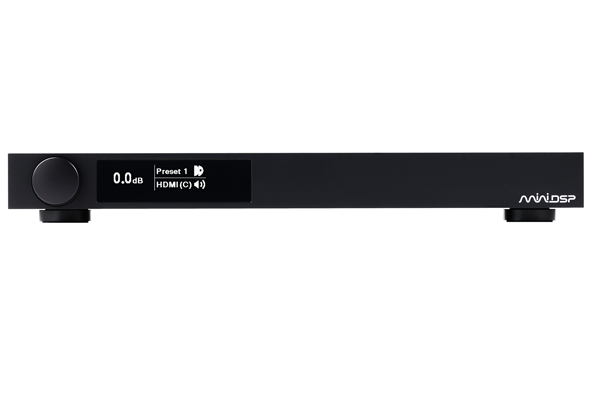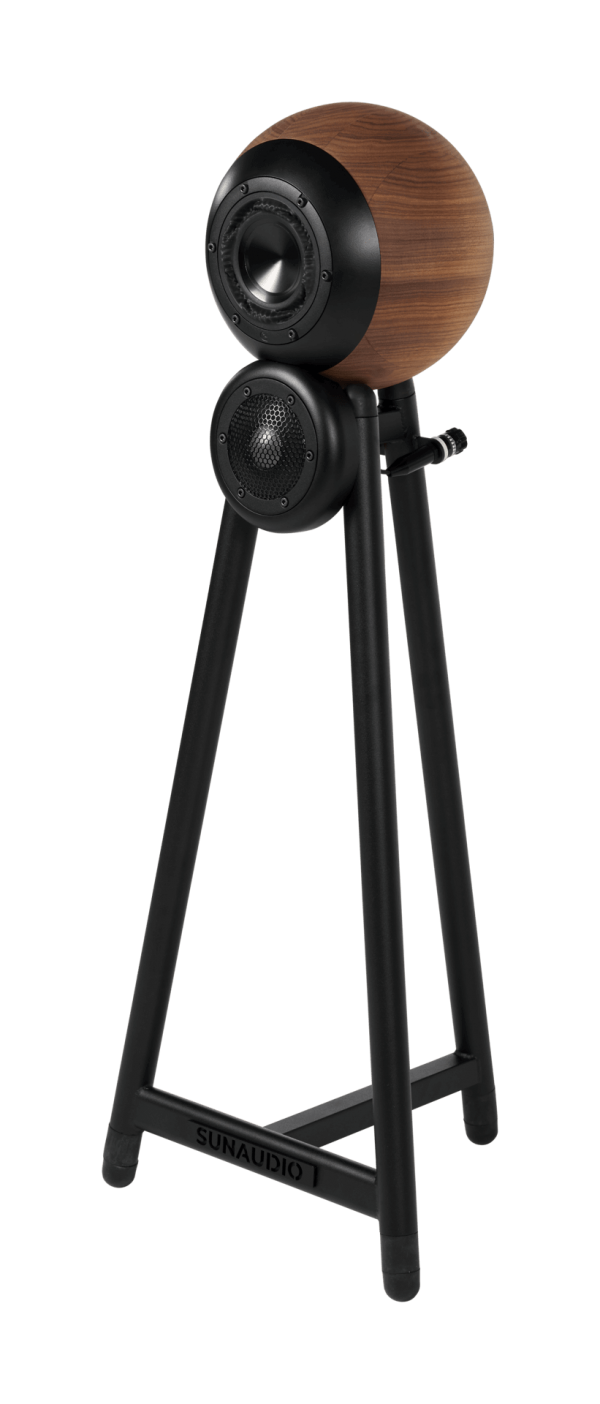In back chamber where the fold-out active electronics sits and the heat sink of the mosfet power amplifier (outside).A friend wanted to know whether there was tuning potential with the RL 940K speakers. I couldn't detect any big peaks except for 50 Hz. We have the transformer somewhat decoupled from the metal plate. That's it, unfortunately no photos of the measurement were taken. Older model year 2006
View attachment 120555
When someone speaks to me, I actually always answer....
Thanks for providing this. I read where you performed some type of measurement and evaluation but aside from somewhat decoupling the power supply you didn’t provide any other remedies nor explain why, so I’ve a few questions.
How were you able to discern why you needed to measure there and not elsewhere?
I don’t know what you consider a big peak, but how did you determine an acceptable threshold? And to whom is that threshold acceptable?
Doesn’t everything vibrate? IOW, just because one “can handle a measuring device” why would one assume they genuinely know what they’re doing? Couldn’t some 5-year olds handle a measuring device?
Even if you were to successfully isolate or even damp mechanical energy at the power supply, you’re obviously not making that unwanted energy evaporate, so where exactly did that unwanted energy go and where is it now being released?
When an object or area is sufficiently damped, what does it become? Better yet, what does an object become when sufficiently isolated?
How much unwanted mechanical energy do you suppose is needed for a component to be completely saturated and impossible to make sound any worse even when adding more of this same unwanted energy?
Since it seems you think yourself expert enough and performing some sort of due diligence, I’ve a few more questions.
You mention you somewhat decoupled the transformer? Isn’t that kinda’ like being somewhat pregnant? For example. If my goal was to isolate energy so that lamp’s lightbulb will no longer illuminate so I “somewhat” cut the power cord but the bulb still illuminates, was my effort a success or failure?
What is the source of a transformer/power supply’s unwanted mechanical energy? Don’t power supplies impact sound quality and are they not pretty good sources for generating unwanted mechanical energy? I’m aware of some designers who sensed potential sonic issues with power supplies and their solution was to put the power supply in its own chassis – separate from all the other component internals - and with very little benefit I might add. In a similar sense, is this not what you are attempting when you somewhat decouple but keep everything together internally? IOW, are you not attempting to isolate the power supply and its ill-effects from all other internals via your unsuccessful attempt to decouple it from its mounting plate?
Obviously, you think decoupling the PS offers performance benefits or you wouldn’t waste your time. But what if you were able to genuinely entirely decouple the PS from its mounting plate, what have you accomplished? And why do you think trapping all that unwanted energy (that’s already wreaking some sonic havoc) at its source (the PS) is a good thing? Doesn’t energy want to travel away from its point source? When you trap that energy at its point source, did you genuinely remedy the problem or did you just exacerbate the problem at least with the power supply that's already compromising sonics?
What exactly are you really attempting to accomplish here?
I can’t help but think back 10 years ago when in another forum a renowned expert claimed he performed sufficient vibration testing on his designs by flicking his finger on his designs’ top plates and he whimsically called it the ding test. He was none too thrilled when I whimsically suggested he rename it the ding-a-ling test. But seriously, do you think he was performing due diligence with his flick of a finger or was he just offering a half-assed or token effort perhaps based on one or more preconceived narratives that he adhered to? In the end how are your efforts any different than his?
I’m curious. Why did you say earlier that you need not be an expert since you can easily handle measuring devices? Do you think the ability to handle a measuring device provides sufficient enough expertise? Do you really think it’s just all about measuring vibrations here and there? Better yet, since everything vibrates to one degree or another, I'm curious where you got the notion that in order to supposedly sufficiently remedy unwanted mechanical energies, you even need to measure vibrations at any object in the first place?
Lastly, you said, "You get an accelerometer from Nti and you'll know what's going on in 10 minutes.price 4k€". Actually, I need no such thing. You say you did this work back in 2006 and presumably you've been using that accelerometer from Nti at least since then. I've never used an accelerometer as this subject has nothing whatsoever to do with measuring vibrations (think preconceived narrative) and yet not knowing you nor your equipment, in one post and setting I just gave you a glimpse of what's really going on. In fact, I would venture that if one were to attempt to measure, any findings would only lead them astray as perhaps substantiated here - which BTW is exactly what preconceived narratives are known to do.

















